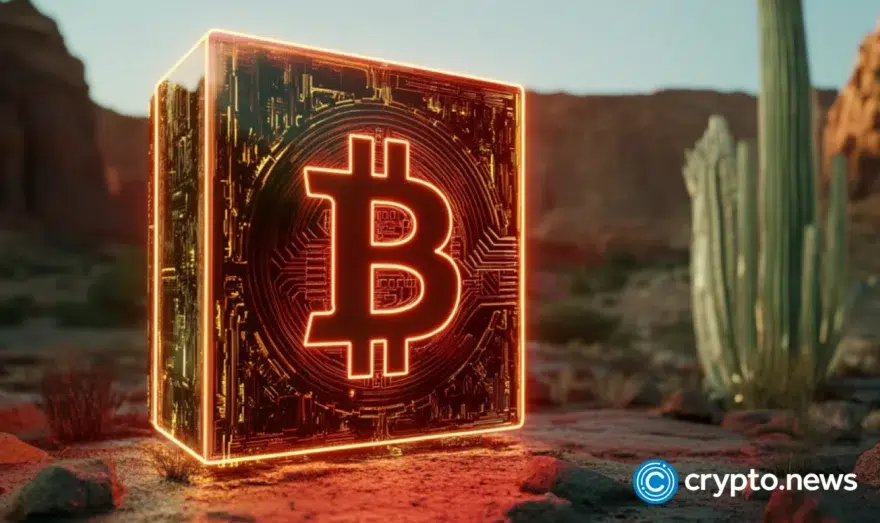Bitcoin Candy Dispenser Reveals Sweet Future for Bitcoin Micropayments

Since the price of bitcoin (BTC) hit the moon and earned global recognition, many have criticized the flagship cryptocurrency for its inability to process micropayments such as purchasing groceries or paying for chocolate at a neighborhood store.
The Knezic Revolution
However, a Swiss coder has proven all bitcoin pessimists wrong by developing a candy dispenser with BTC as its only accepted payment method.
Once the small device gets information about incoming bitcoin transactions via blockchain.info, it will then dispense the exact number of candies for which have been paid. The Knezic candy dispenser is controlled through USB powered by Arduino Micro, which is a microcontroller developed by the Arduino open-source computer hardware and software project based in Italy.
https://twitter.com/davidknezic/status/1000781725369323530
Although the device succeeded in fulfilling its primary objective of receiving bitcoin as payments for its candy, the fact remains that there is still more work to be done in the areas of transaction fees and transaction processing time.
The innovator acknowledged this fact, saying he only developed the system to demonstrate to the world how seamless it is to integrate bitcoin payments, and that he would transform his invention by developing another method that would be powered by the Bitcoin Lightning Network.
A Game Changer?
The Lightning Network has been described by many as the savior of the Bitcoin network. The second-layer solution powered by Lightning Labs is expected to solve all challenges that are currently plaguing the pioneer cryptocurrency.
In March 2018, BTCManager reported that a Japan-based electricity provider, Chubu Electric Power Co., which is the country’s third most significant power company, successfully trialed Lightning-powered payments for charging customers’ electric cars.
“For IoT and blockchain applications, real-time payments are needed. We showed that second layer payments can be the solution,” the senior manager at Chubu Electric Power Co., Hideshiro Ichikawa, declared.
In the same month, Lightning Labs announced the launch of a beta version of the Lightning Network Daemon (LND), a software that makes it easier for developers to access the second-layer protocol. “This release is a step forward for the network itself. What I mean by that is: Before all the apps, we need to build a healthy network that has liquidity, reliability, high-uptime nodes, healthy channels, etc. We need to onboard an entire industry onto a new layer and build a healthy topology. This release kinda marks the ‘start’ so to speak,” said Jack Mallers a blockchain developer creating an easy to use Lightning-powered bitcoin wallet.
Notably, in February 2018, Laszlo Hanyecz, the man who bought two pizzas with 10,000 BTC in 2010, also used the Lightning network to pay for pizzas again in a bid to test the efficiency of the network.
At current, the Lightning Network is only being used by coders and tech-savvy people. However, there is no doubt that the groundbreaking solution will gain massive adoption as it becomes more user-friendly, putting a permanent end to all the bottlenecks in bitcoin transactions.















